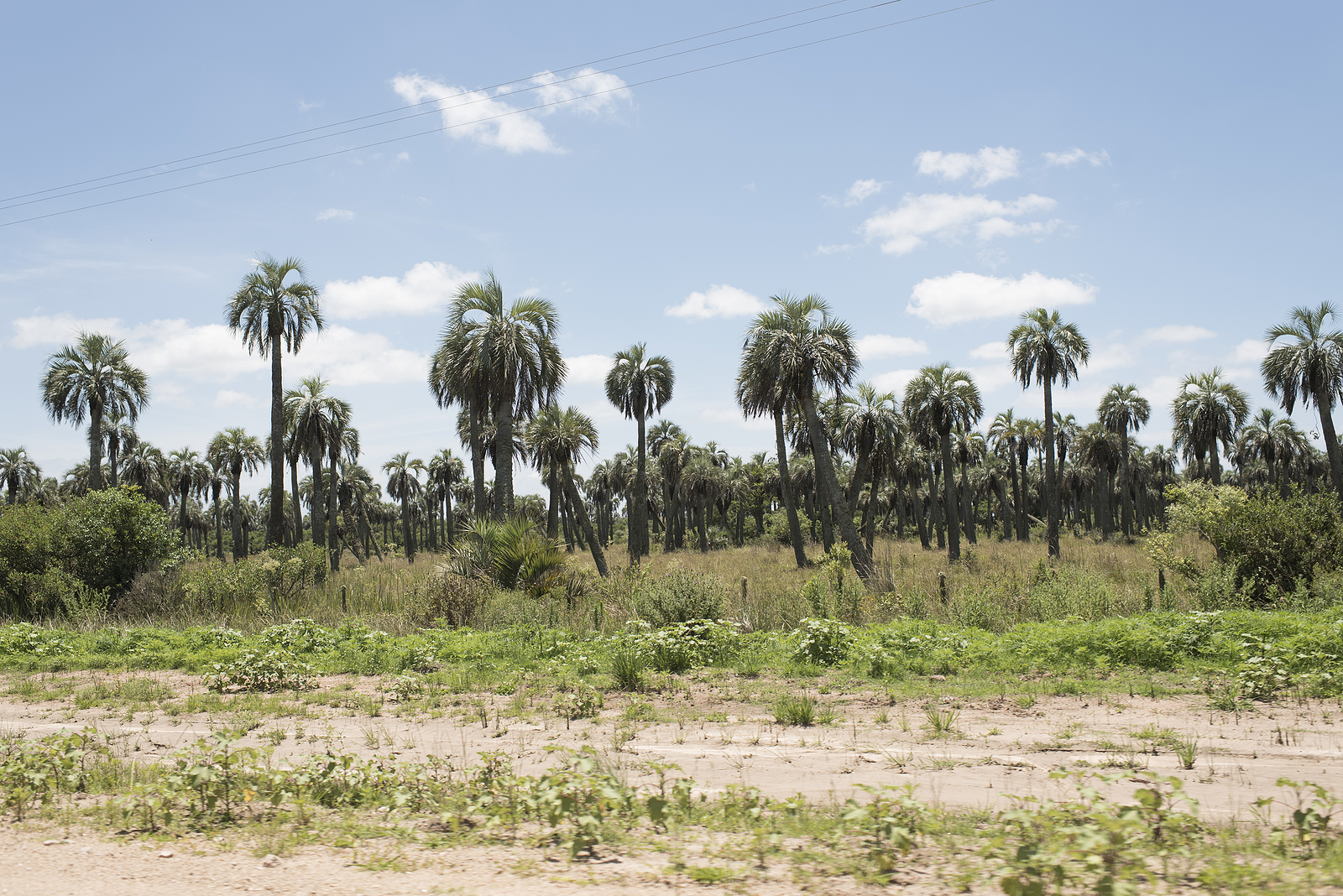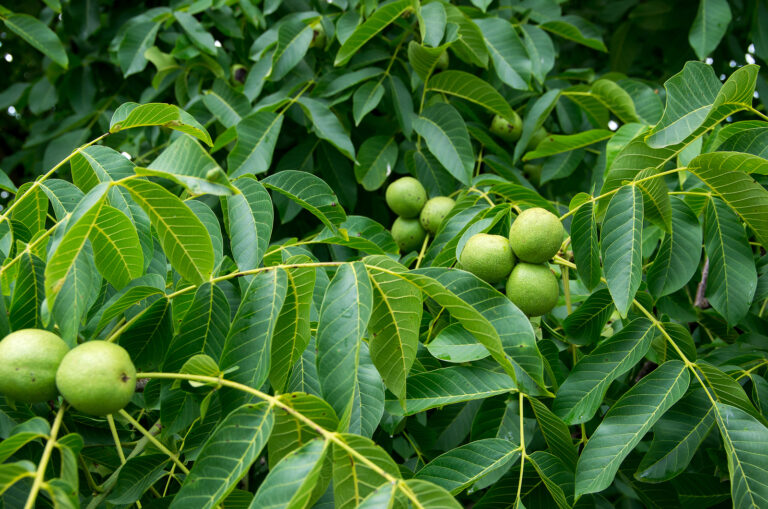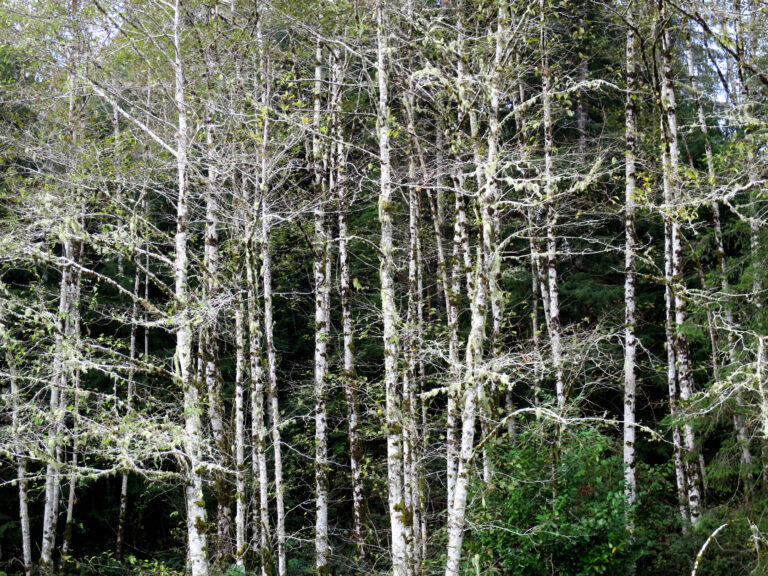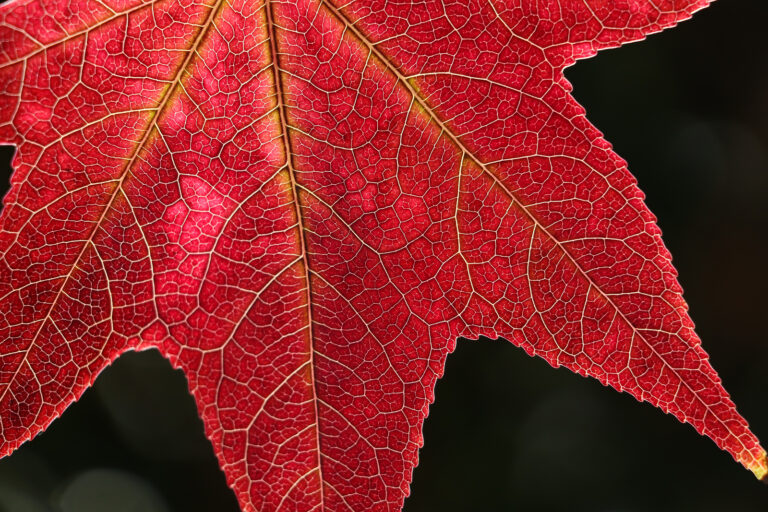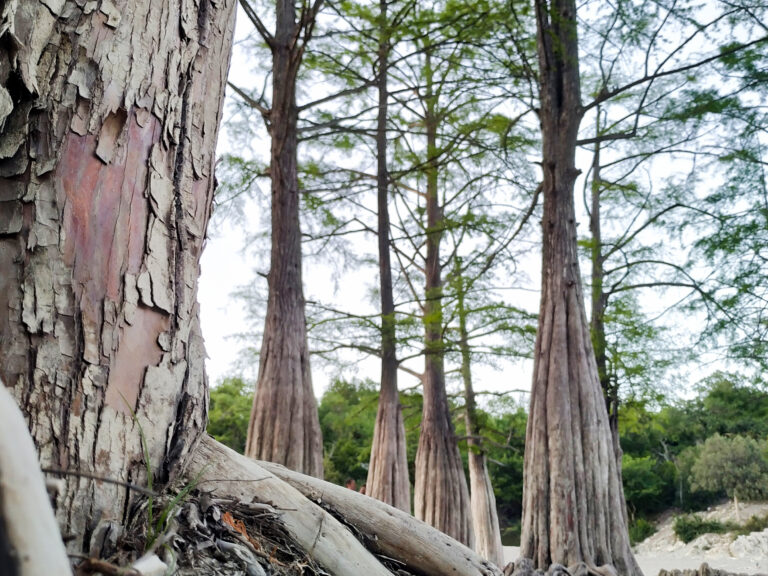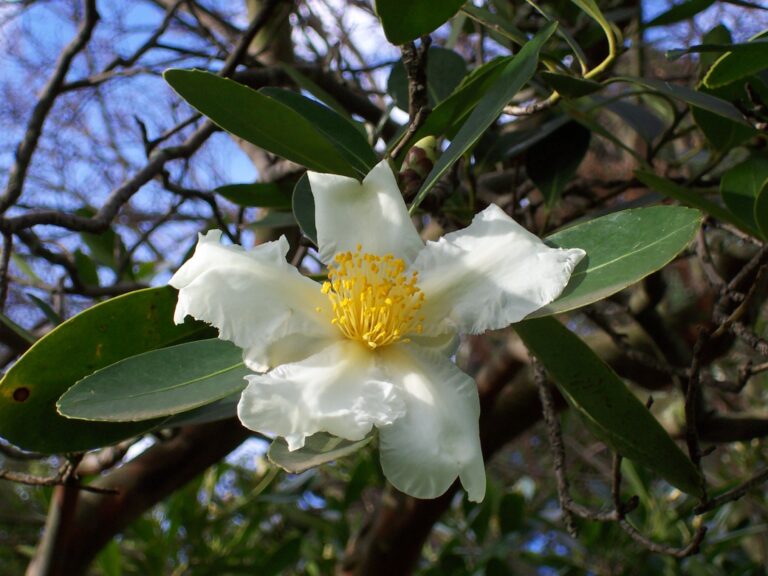How to Grow Pindo Palm — Butia
Butia is a handsome, slow-growing palm with strongly arching blue-green tinted, gray-green fronds. Butia is a semi-tropical plant that can be grown as a house plant in cool winter regions. Butia can be grown as a lawn specimen in frost-free regions. Butia is commonly called Pindo Palm.
Butia grows 12 to 20 feet(4-6m) tall and 10 to 15 feet (3-5m) wide outdoors. Grown in a container it will be much smaller. Butia bears yellow flowers in panicle to 5 feet (1.5m) long. Flowers are followed by yellow to purple fruits.
Butia is a genus of 8 to 12 species. Butia is native to Southern Brazil, Paraguay, Uruguay, and Argentina.
Get to know Butia
- Plant type: Palm
- Growing zones and range: Zones 11 tro 12
- Hardiness: Can withstand short periods near 32℉ (0℃) in dry, sunny climates; where not hardy grow Butia as house plant
- Height and width: 12 to 20 feet (4-6m) tall and 10-15 feet (3-5m) wide
- Foliage: Feathery, arching gray-green leaves; trunks have a heavy pattern with stubs of old leaves.
- Flowers: Long spikes of small flowers
- Bloom time: Summer
- Fruit: Showy clusters of yellow to red edible dates in summer
- Uses: Specimen tree in frost free regions
- Common name: Pindo palm, jelly plam
- Botanical name: Butia
- Family name: Arecaceae
- Origin: Brazil, Uruguay, Argentina
Where to plant Butia
- Plant Butia in full sun or light shade.
- Outdoors plant Butia in well-drained soil.
- Inoors, grow Butia in a soil-based potting mix in bright filtered light.
When to plant Butia
- Set Butia in the garden in spring or autumn.
Planting and spacing Butia
- Space Butia 10-15 feet (3-5m) apart.
How to water and feed Butia
- Give Butia regular water. Keep the soil just moist in winter.
- Feed Butia with a balanced liquid fertilizer monthly.
Butia care
- Pot on or top dress Butia in spring.
- Trim dead fronds to avoid a fire hazard.
Butia pests and diseases
- Tar spot, false smut, and other fungal diseases can occur.
- Spider mites and scale insects may be a problem.
Butia propagation
- Sow seeds in warm soil in spring.
Butia varieties to grow
- Butia capitata, Jelly palm. Slow-growing palm with sturdy trunk; strongly arching, narrowly elliptic blue-green tinted, gray-green leaves 6 feet (2m) or more long; yellow flowers are borne in panicles to 5 feet (1.5m) long in summer.

